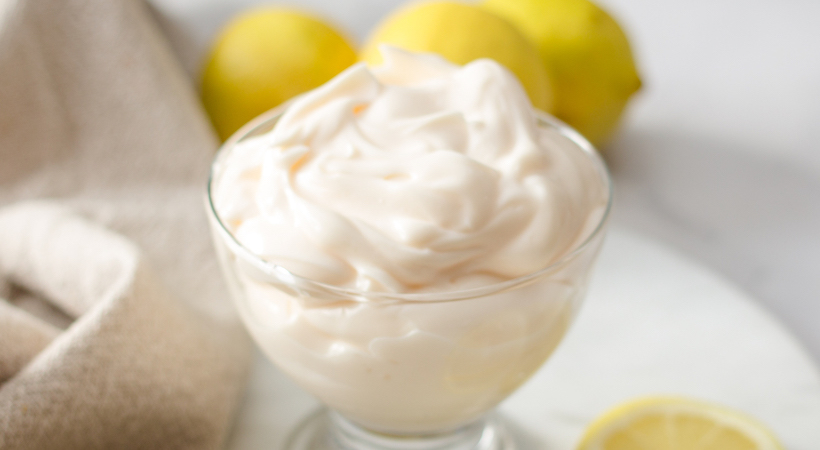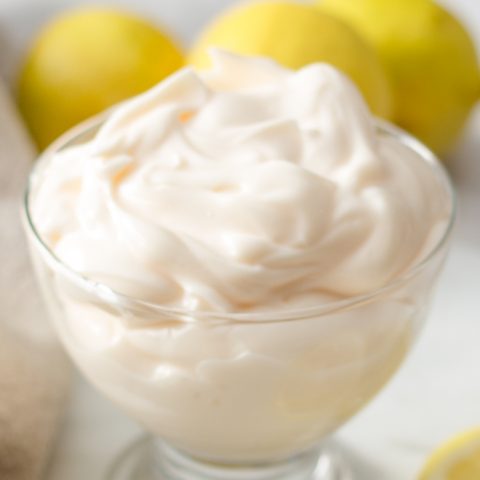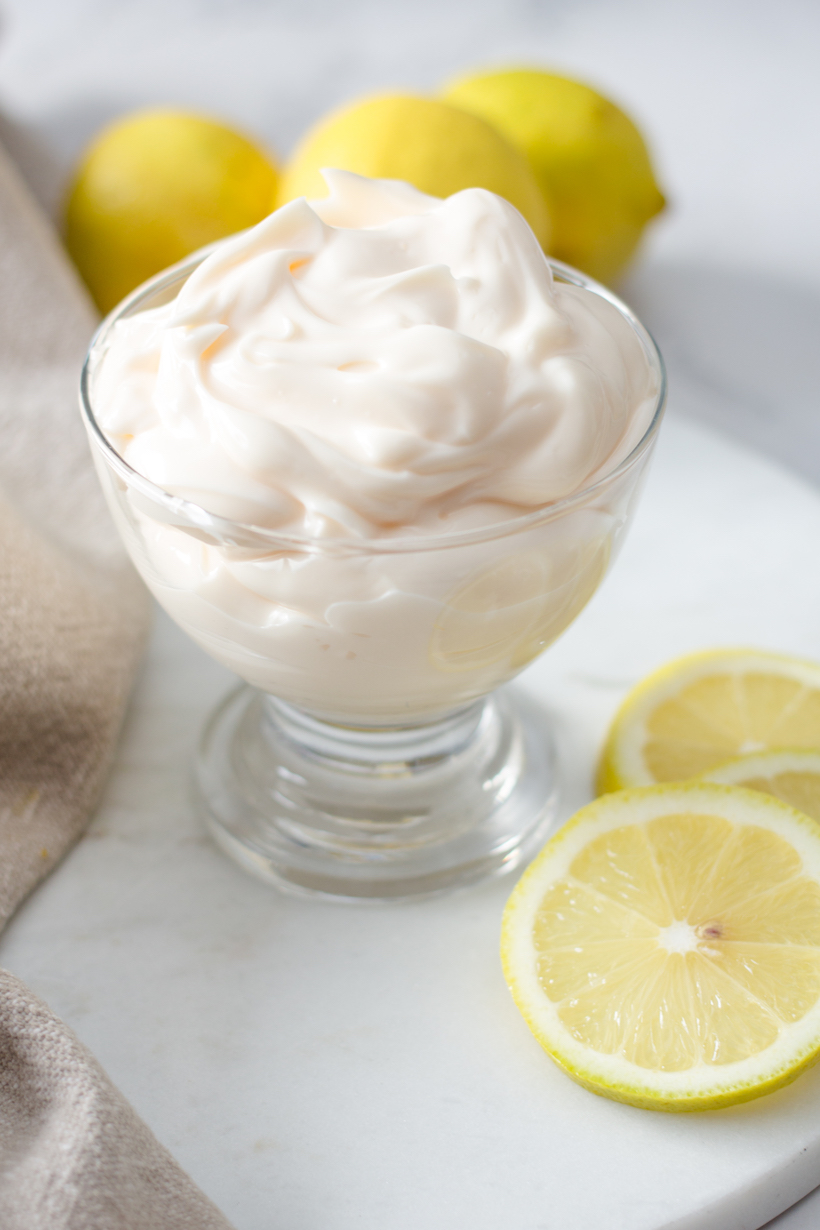I love mayonnaise. It's the great equalizer for many dishes, offering creamy consistency with the perfect amount of bite.
What I don't love is the ingredients in most store-bought brands.
With few exceptions, store-bought mayonnaise loads up on the sugar and has questionable oils as the base.
Today, I'll walk you through making a delicious home mayonnaise. Take control of your mayonnaise and you, too, can stop worrying about what's lurking in the store-bought stuff.

It’s possible to make mayonnaise very simply: beating it by hand in a bowl. That’s how I’ve written it up here, and if you want to do it that way you can make some perfect mayonnaise.
However, you can step up your mayonnaise making game using electric appliances.
For such a simple recipe, mayonnaise offers quite a few variants. Today, I’ll show you how to make the mayonnaise with light olive oil, but you can substitute the oil and all the rest of the recipe, too.
Let’s talk through some of the options and substitutions in this section. I’ll make sure you can make the mayonnaise your household deserves.
Yes, and in fact, if you don’t use a very light flavored olive oil the olive taste can overwhelm the mayonnaise. You could substitute for it or even use half olive oil and half another oil.
Whatever you substitute should be a neutral oil. You don’t want to substitute an oil that adds too much of its own taste.
My favorite substitute is avocado oil.
Other oils that work well (but I generally avoid, as they have higher Omega-6 fat ratios, which we typically get plenty of in the United States):
Of course, your taste might be different than mine! Experiment and see which works best for you.

No, although the recipe works best (and tastes best) with a raw egg.
If you Google around, there are a few ways to pasteurize an egg. The variants with the microwave are most accessible if you’d like to try.
The other easy substitute is liquid egg whites. These come in a carton, stay liquid in your fridge, are already pasteurized, and mix well. Of course, they have much less fat than a full egg, so you will probably have to use more mayonnaise.
I suggest the raw egg, although it’s not entirely safe. Even unbroken shell eggs may have salmonella; in the United States, the estimate is around 1 in 20,000 eggs.
An acid is necessary, but it doesn’t have to be lemon juice. You can experiment with vinegar as well.
Mustard assists in emulsifying the mayonnaise mixture. Even if you don’t like mustard on its own, the recipe won’t perform the same without it.
However, feel free to experiment with different types of mustards: yellow, dijon, even powdered will impart a subtly different flavor to your final dish.
My favorite way? Add spices!
Throw in your favorite herbs and spices, or add some drops of hot sauce to make a spicy mayo. Your taste buds will thank you.

You might never buy mayonnaise from the store again after you try this simple home mayonnaise recipe. In just a few minutes, taste this creamy goodness – with a kick!
Use light or regular olive oil, but not extra virgin. You want only a hint of taste.
You can substitute other neutral oils. Avocado oil is best, but sunflower and soybean oil work as well.
Warning: There is a small risk of salmonella from eating raw eggs. If you are concerned, you can also pasteurize eggs at home and retain most of their emulsifying power.
Alternatively, you can substitute pasteurized egg whites in a carton for the raw yolks. The recipe won't work as well but I have had decent results.
Just like the simple recipes inspire the most substitutions, they also encourage the most questions.
I tried to cover most of your questions here, but please ask in the comments if I can help you further!
You should store your homemade mayonnaise – and any opened store-bought mayonnaise – in the refrigerator. Generally, I suggest storing it in a covered glass container; it's best to keep it away from open-air (even in the fridge).
The same goes for when you use the mayonnaise: as soon as you're done applying it, put it back in the fridge.
I don't suggest freezing your homemade mayonnaise. It'll probably defrost chunky, and it'll be hard to recover the creamy texture.
Well-refrigerated homemade mayonnaise lasts around 5-7 days. If you use fresh eggs – or if you use a substitute like pasteurized egg whites – it will last a bit longer.
Yes. As mentioned, it's possible to get salmonella from uncooked eggs. Again, the CDC once estimated around 1 in 20,000 eggs harbor salmonella.
Salmonella isn't a common occurrence, but it is possible with raw egg. If you're concerned with the risks, use one of the substitutes I listed above.

I use mayonnaise on everything – I even use it on omelets (that’s right, eggs on eggs!). But whether you use it to devil some eggs, create a healthy egg salad, or add it to your burgers, it's a great addition to your kitchen repertoire.
Sticking with homemade mayonnaise helps me better control my diet and avoid added sugar and “natural flavorings.” I bet you’ll enjoy it as well – let me know your experience with the mayonnaise in the comments!